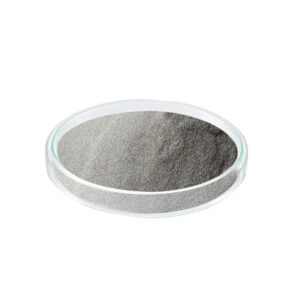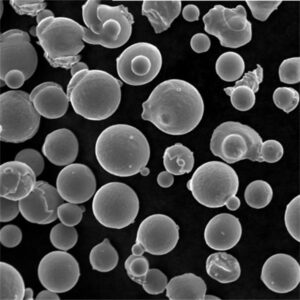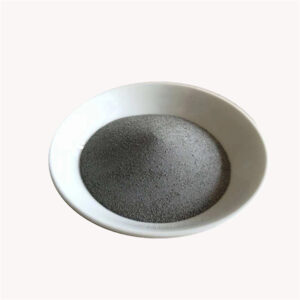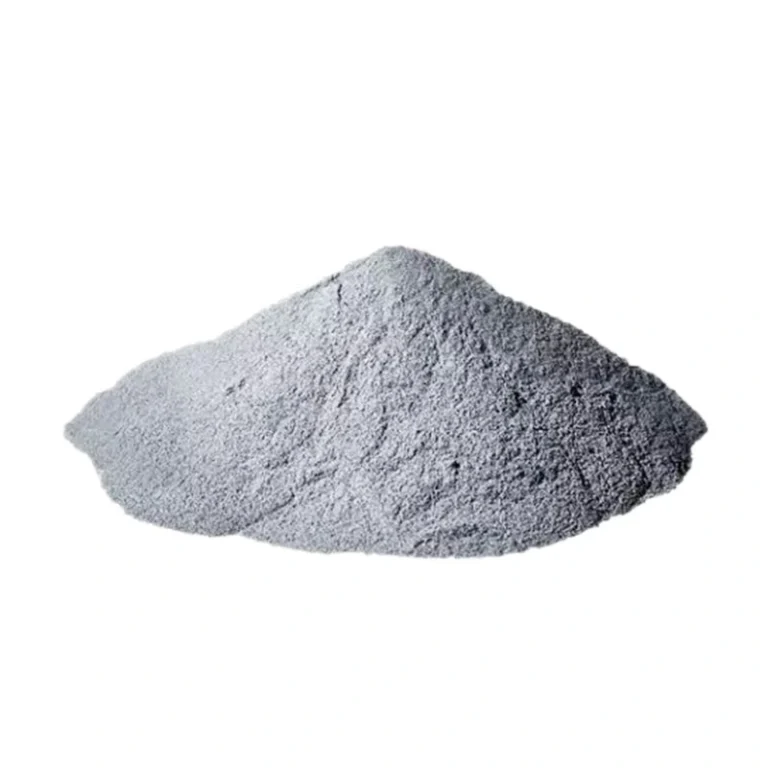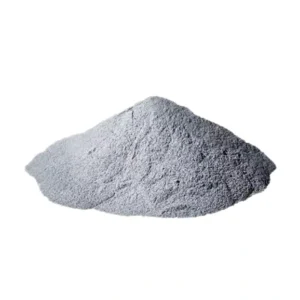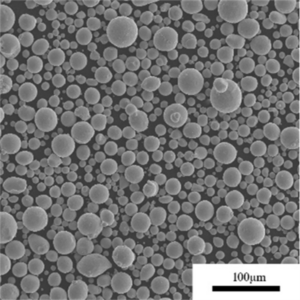概要
Inconel 718 is a high-strength nickel-chromium superalloy widely used for extreme temperature applications such as gas turbine components, rocket engines, and nuclear reactors. The combination of excellent mechanical properties, corrosion resistance, and workability make Inconel 718 a versatile material across industries like aerospace, oil and gas, power generation, and automotive.
In recent years, additive manufacturing (AM) of Inconel 718 has emerged as a transformative production method to fabricate complex, high-performance metal parts. Also known as 3D printing, AM builds up components layer-by-layer directly from a 3D model without the constraints of traditional machining or casting.
This guide provides an in-depth look at Inconel 718 3D printing, including alloy properties, popular AM process types, parameters, microstructures, mechanical behavior, post-processing, applications, and suppliers. It aims to assist engineers, designers, and technical program managers in implementing Inconel 718 3D printing and qualifying printed parts for production use.
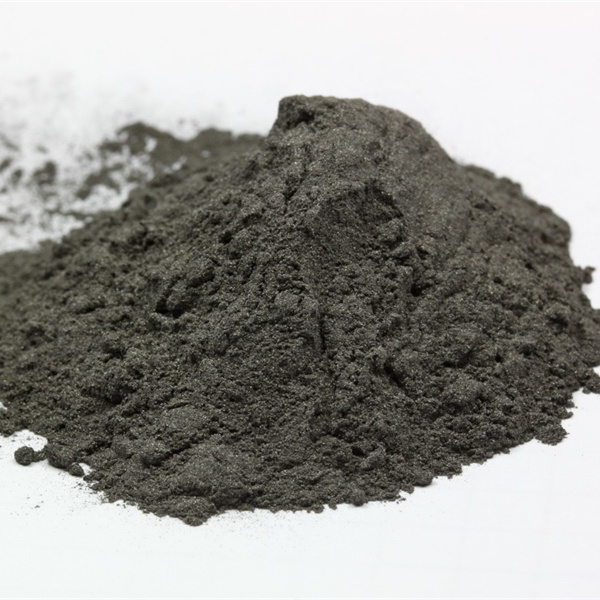
Inconel 718 Alloy Overview
Inconel 718 is a precipitation hardened nickel-chromium alloy containing important alloying elements like niobium, molybdenum, aluminum and titanium.
Inconel 718 Composition
| エレメント | 重量 % | 目的 |
|---|---|---|
| ニッケル | 50-55% | Corrosion resistance, ductility |
| クロム | 17-21% | 耐酸化性 |
| 鉄 | バランス | 費用対効果 |
| ニオビウム | 4.75-5.5% | Precipitation strengthening |
| モリブデン | 2.8-3.3% | 固溶体強化 |
Nickel and chromium provide corrosion resistance and high temperature stability. Hardening elements like niobium and molybdenum give superior strength through precipitation and solid solution strengthening mechanisms.
Inconel 718 Properties
- 700℃までの優れた強度
- High impact toughness and fatigue resistance
- 優れた耐酸化性と耐食性
- 高いクリープ破断強度
- Easily formed and welded with standard techniques
- Density of 8.19 g/cm3
This combination of properties makes Inconel 718 suitable for extreme environments beyond the capabilities of steels and aluminum alloys.
インコネル718 3Dプリンティング プロセス
Several additive manufacturing processes have demonstrated success with Inconel 718 and are seeing increasing adoption for production applications:
Popular AM Processes for Inconel 718
| プロセス | 説明 | 密度 | 微細構造 | 機械的特性 |
|---|---|---|---|---|
| レーザー粉末床融合 (L-PBF) | Laser melts powder layers | 99.5%+ | Columnar grains, some porosity | Tensile strength within wrought range |
| 電子ビーム粉末床融合(E-PBF) | Electron beam melts powder | 99.5%+ | Columnar grains, some porosity | Tensile strength within wrought range |
| 指向性エネルギー蒸着(DED) | Focused heat source melts powder or wire feed | 99% | Epitaxial grains, some porosity | Variable based on process parameters |
| バインダー・ジェット | Liquid binder selectively joins powder particles | 60%+ | Porous, requires infiltration | Low as-printed, improves with infiltration |
L-PBF and E-PBF can achieve densities over 99.5% with properties approaching wrought Inconel 718. DED and binder jetting require post-processing to reach full density.
Each process requires optimization of print parameters to achieve desired microstructure and properties.
Inconel 718 3D Printing Parameters
Printing parameters significantly influence the resulting microstructure, defects, and mechanical performance of printed Inconel 718 parts.
Key Inconel 718 Print Parameters
| パラメータ | 典型的な範囲 | インパクト |
|---|---|---|
| 層厚 | 20-100 μm | Density, surface finish |
| Laser/beam power | 100-500 W | Melt pool size, heating rate |
| スキャン速度 | 100-1000 mm/s | Cooling rate, solidification |
| ハッチの間隔 | 50-200 μm | Bonding between hatches |
| ビームフォーカス | 30-100 μm | Melt pool width, depth |
| パウダーサイズ | 10-45 μm | Powder flowability, surface finish |
Thinner layers and narrower hatches enhance density and bonding but reduce build speeds. Faster scanning gives finer grains but can cause hot cracking. Small powder sizes improve surface finish.
Careful optimization of parameters tailors grain structure strength, ductility, surface quality, and printing productivity.
Inconel 718 3D Printing Microstructures
Inconel 718 exhibits diverse microstructures when printed using AM processes:
Microstructural Features in Printed Inconel 718
- Columnar grains parallel to build direction
- Epitaxial grains matching base plate orientation
- Typical grain width of 100-400 μm
- Solidification segregation between dendrite cores and interdendritic regions
- Lack of texture compared to wrought product
- Precipitation of strengthening phases like γ” and γ’
- Porosity and microcracks from incomplete fusion
Grain morphology follows heat flow and solidification patterns during printing. Segregation leads to chemical variations which can cause cracking. Careful processing is needed to achieve a uniform, controlled microstructure.
Heat treatments dissolve unfavorable phases and promote hardening precipitates like Ni3Nb gamma-double-prime for optimal strength.
Properties of Printed Inconel 718
AM processing can achieve mechanical properties comparable to wrought Inconel 718 with proper optimization:
Inconel 718 Mechanical Properties
| プロパティ | As-Printed | Wrought Mill-Annealed |
|---|---|---|
| 引張強度 | 1000-1300 MPa | 1000-1200 MPa |
| 降伏強度 | 500-1100 MPa | 500-900 MPa |
| 伸び | 10-35% | 20-35% |
| 疲労強度 | 100-600 MPa | 300-500 MPa |
| 硬度 | 25-50 HRC | 25-35 HRC |
Strength meets or exceeds wrought levels, although elongation and fatigue properties remain lower and more variable.
Tensile anisotropy is observed between vertical and horizontal build orientations. Properties are heavily influenced by the specific AM process parameters used.
Post-Processing of Printed Inconel 718
Post-print processes are often required to improve surface finish, dimensional accuracy, and material properties:
Common Post-Processing Methods
- 熱処理 – Develops optimal microstructure and precipitate hardening
- 熱間静水圧プレス – Closes internal voids and porosity
- 表面加工 – Reduces surface roughness for critical finishes
- ショットピーニング – Induces compressive stresses to improve fatigue life
- コーティング – Provide wear or corrosion resistance when needed
Standard Inconel 718 age hardening is commonly used, though some modify heat treatment for AM microstructures. Machining, grinding or polishing are used where surface finish requirements are stringent.
Applications of Printed Inconel 718
Inconel 718 3D printing is well suited for:
- 航空宇宙 – Turbine components, rocket nozzles, engine assemblies
- 発電 – Gas turbine hot section parts, nuclear fuel cladding
- 自動車 – Turbocharger wheels and housings
- 石油化学 – Downhole tools, valves, pumps
- Space – Satellite and launchpad components
- 薬 – Dental implants, surgical instruments
Benefits versus conventional methods:
- 複雑な形状の設計自由度
- Weight reduction through lattices and topology optimization
- Part consolidation, reduced assembly
- Shorter lead times for on-demand production
- Customized shapes, digitally driven inventories
Limitations include process costs for low production volumes and certification challenges in regulated industries.
Suppliers of Printed Inconel 718
Many manufacturers offer Inconel 718 3D printing services worldwide:
Select Service Providers
| 会社概要 | AM Processes | Additional Materials | 生産能力 |
|---|---|---|---|
| GEアディティブ | DED, Binder Jetting | Titanium alloys, steels, superalloys | Large volumes |
| マテリアライズ | レーザーPBF | チタン、アルミニウム、スチール | Medium volumes |
| 3Dシステムズ | レーザーPBF、バインダージェッティング | Titanium, stainless steel, CoCr, AlSi10Mg | Prototyping to mid volumes |
| Equispheres | レーザーPBF | Titanium, steels, aluminum | Small volumes |
| カーペンター添加剤 | Laser PBF, E-PBF | Titanium, stainless, tool steels | Medium volumes |
Both large OEMs and niche AM service bureaus offer Inconel 718 printing. Many provide secondary finishing operations.
Part costs range from an estimated $100-500/lb depending on order size, quality requirements, and processing method used.
Qualifying Printed Inconel 718 Parts
Stringent qualification protocols apply for aerospace and other regulated applications:
- Mechanical testing over range of print orientations
- Chemical analysis for composition conformance
- Non-destructive evaluation (NDE) for defect detection
- Long-term performance evaluation through heat treating, hot isostatic pressing, machining trials
- Process reproducibility assessments
- Documentation of parameter optimization, microstructures, defect prevention
Test artifacts like tensile bars, fatigue samples, and material coupons optimize characterization of printed properties.
Complying with applicable industry specifications supports certification and production approval.
よくあるご質問
What particle size is recommended for printing Inconel 718?
10-45 micron powder is typical, with finer ~15 micron powder improving density and surface finish but compromising flow and recovery.
What causes porosity when printing Inconel 718?
Insufficient melting, lack of fusion between layers, and entrapped gas cause voids. Optimizing energy input, scan patterns, layer thickness, and gas flow reduces porosity.
What post-processing improves fatigue life of printed Inconel 718?
Shot peening induces beneficial compressive stresses that inhibit crack initiation and growth. HIP and machining also help by closing surface pores.
How does printed Inconel 718 compare to cast and forged 718?
AM approaches mechanical properties of cast and forged material but with finer, more segregated microstructure. Heat treatment can achieve precipitation strengthening comparable to wrought product.
What are some alternatives to Inconel 718 for 3D printing?
Cobalt chrome, nickel superalloys like 625 and 686, and precipitation hardening stainless steels offer similar high temperature properties. Titanium alloys excel where lower density is critical.
Can you 3D print a Inconel 718 and stainless steel bimetal part?
Yes, directed energy deposition is capable of transitioning between dissimilar alloys by precise powder or wire switching to build multi-material components.
結論
In summary, Inconel 718 3D printing unleashes exceptional design freedom and performance improvements utilizing this high strength superalloy. Matching part requirements to process capabilities and optimizing printing parameters is key to exploiting benefits versus conventional methods. Ongoing advances in quality, properties, multi-material structures, and cost continue to expand adoption of Inconel 718 AM across demanding industrial applications.


